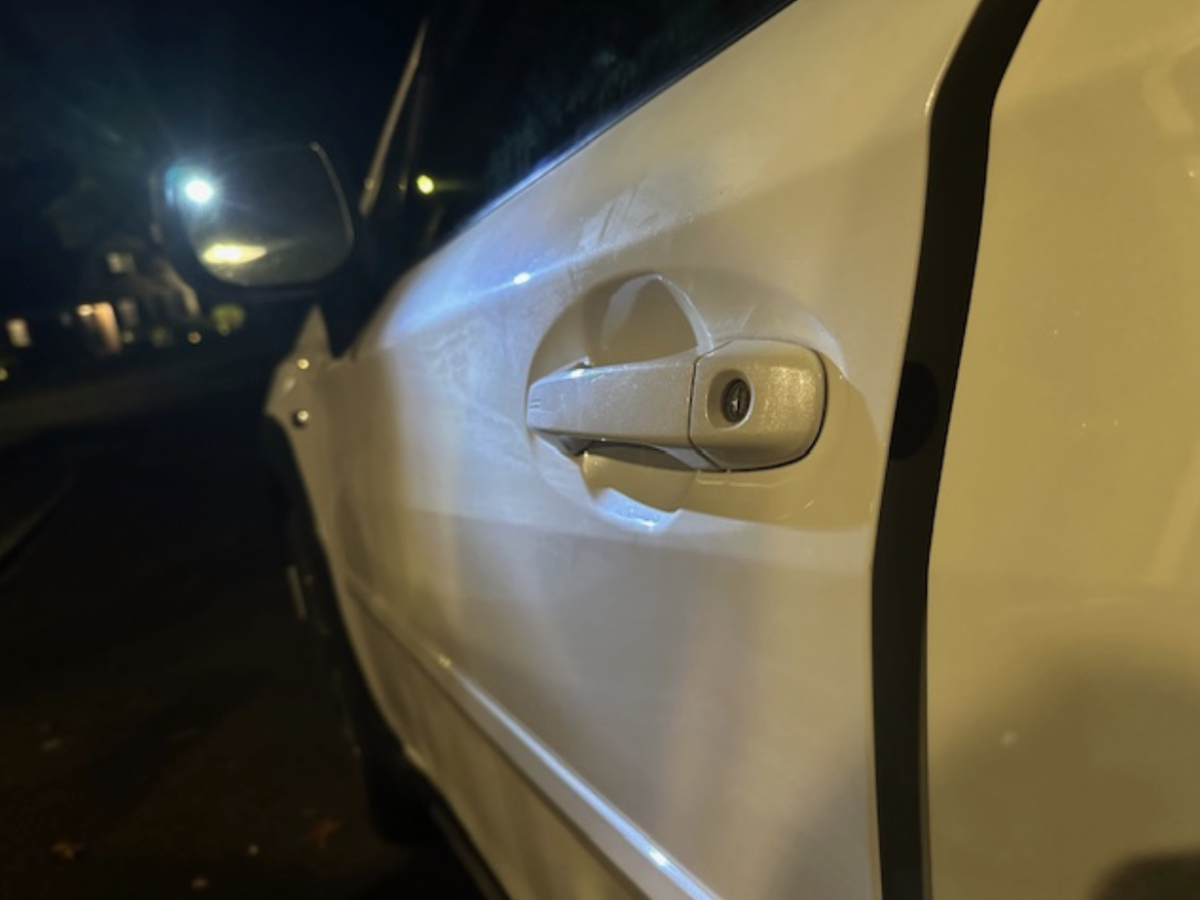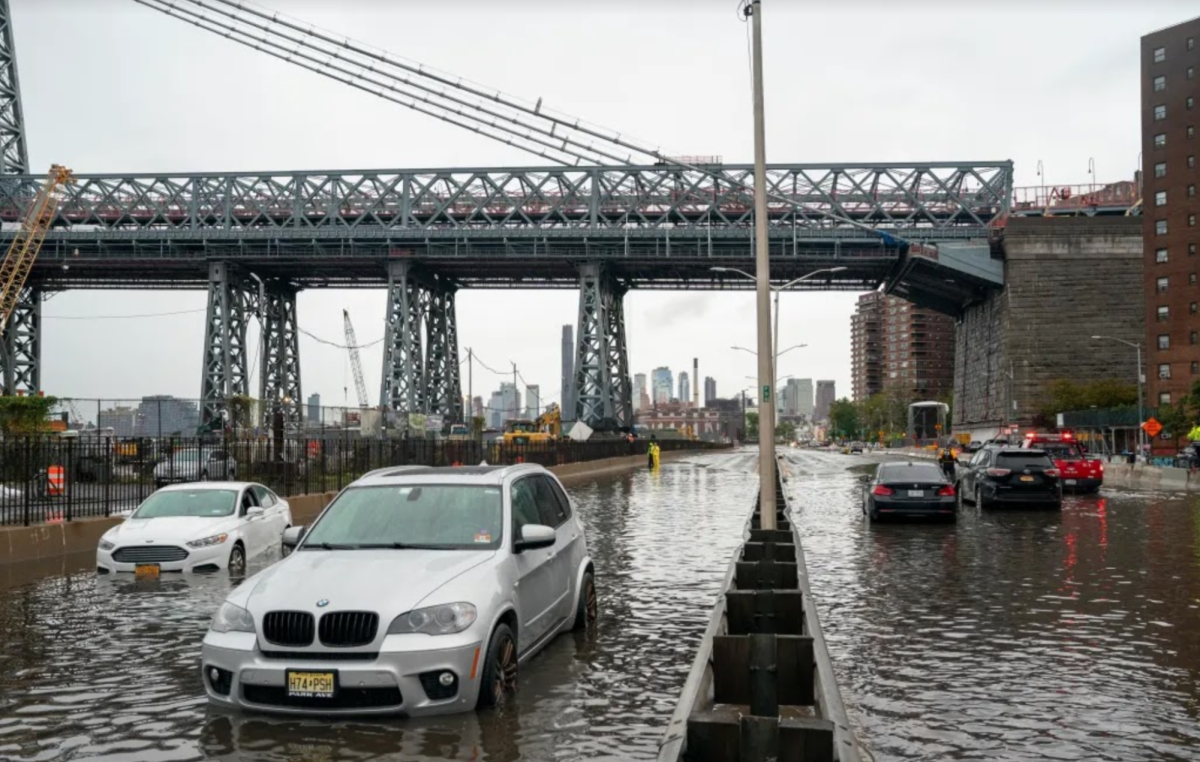Starting September 29, 2023, heavy rainfall fell on New York and its surrounding metropolitan area for hours in a severe storm. This caused drastic flooding throughout the city resulting in extensive damage to buildings, schools, and infrastructure while making public streets completely inaccessible. Flooding from the surface also completely shut down the underground subway system.
New York Governor Kathy Hochul and Mayor Eric Adams declared a state of emergency for New York City, urging its residents to stay inside and avoid going out into the streets as much as possible.
In general, districts in Brooklyn were hit the hardest by the severe weather with certain regions receiving roughly eight inches of rain throughout the day while some areas like the Brooklyn Navy Yard got more than two and a half inches of rain in just one hour. However, Rohit Aggarwala, the chief climate officer of New York, estimated that the majority of New York City’s sewage system was only meant to handle just under two inches of rain in a given hour. Consequently, the drainage infrastructure was overloaded due to the sheer volume of rain, generating flash floods that wreaked havoc on the city.
Aqueel Bharmal, a junior at Hingham High School remarked, “In certain areas where the sidewalks are broken or are in disrepair you can directly see the pipes so I would think the city would generally be very susceptible to flood damage.” What is more is that debris from the flooding also seems to be clogging sewage systems, creating more difficulties for draining the persistent floodwaters.
Beyond Brooklyn, the John F. Kennedy Airport received 8.65 inches of rain and terminals at LaGuardia Airport also had to be temporarily shut down due to the weather disturbance. Staten Island, Hudson Valley, and Long Island were also placed under a state of emergency due to extreme rainfall.
In the aftermath, many wonder whether the situation may be caused just as much by the state of New York City’s infrastructure as much as its geographical location. Rowan Giardino, a Junior at Hingham High agreed with this assertion remarking, “I think it’s definitely the infrastructure, not just the flatness of the area. The sewage system is so easily backed up, and people throw so much trash down the drain or flush things that shouldn’t be flushed.”
In total, the disastrous flooding in New York is predicted to cost over thirty-five million dollars according to Hochul whilst an estimated thirteen people have been reported dead because of the severe weather event.




































